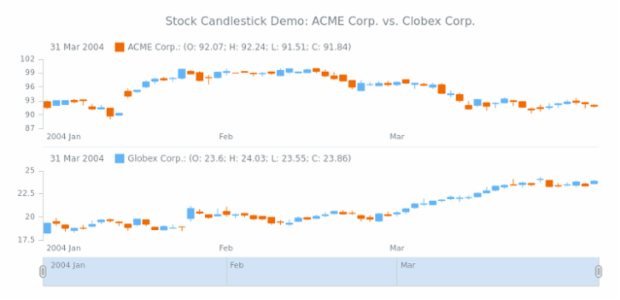

© Andy Kirk 2016 First published 2016 Apart from any fair dealing for the purposes of research or private study, or criticism or review, as permitted under the Copyright, Designs and Patents Act, 1988, this publication may be reproduced, stored or transmitted in any form, or by any means, only with the prior permission in writing of the publishers, or in the case of reprographic reproduction, in accordance with the terms of licences issued by the Copyright Licensing Agency. 2455 Teller Road Thousand Oaks, California 91320 SAGE Publications India Pvt Ltd B 1/I 1 Mohan Cooperative Industrial Area Mathura Road New Delhi 110 044 SAGE Publications Asia-Pacific Pte Ltd 3 Church Street #10-04 Samsung Hub Singapore 049483 SAGE Publications Ltd 1 Oliver’s Yard 55 City Road London EC1Y 1SP SAGE Publications Inc. Var chart = anychart.bar() //create chartĬhart.xAxis().Data Visualisation A Handbook for Data Driven Design Andy Kirk Var dataTable = ('#dataTable') //parse data from HTML table
#Cartesian tooltip anychart code#
Here’s the entire code for creating this JS chart with added interactivity: var data = Īlso, if the data is available in JSON format, it could look like the following [") Creating bar charts is even simpler because you only need to provide values for the Y-axis, and an index number or an item number will be taken to represent the X-axis values.įor example, if we prepare the data in an array format, X will be the item numbers and Y will be the data values. When creating most charts, you just need to provide the values for the X and Y axes. In the case of An圜hart, it supports a wide range of data formats, including Google Spreadsheet, XML, CSV, HTML, and JSON. Depending on the library you choose, you’ll need to prepare the data in the format it accepts. If you have unstructured data, you need to prepare it for easier loading into the charting library. Here are three simple steps you can use to create a basic chart in JavaScript and integrate it into your website or application.
#Cartesian tooltip anychart how to#
How to Create a Simple JS Bar Chart in 3 Steps Now, let’s start getting our hands dirty and see how An圜hart can assist in meeting our data visualization needs. It’s a flexible and easy to use HTML5 JavaScript charting library that comes with exhaustive documentation, an extensive variety of supported chart types, code playground to test out things, and lots of other interesting features. So, once you’ve mastered how to use one, you can easily extrapolate the process to the other libraries, especially if you need a unique feature present in any of them.įor this JS chart tutorial, we’ll use examples from An圜hart. Basically, the process of creating interactive charts with any of them tends to be quite similar. Some of the best JavaScript charting libraries include Google Charts, An圜hart, D3, and Highcharts. Whether you require an open sourced library, paid-for library, or any other type, you can find something to take your data visualization efforts to the next level.



In the world of JavaScript programming, there are several charting libraries that allow developers to create stunning charts and visualize data without much hassle. With the current proliferation of data generation, finding ways of extracting, cleaning, and visualizing data to enable easier interpretation is increasingly on demand.įurthermore, if data visualization is accompanied with interactive capabilities, the audience can drill down to the finer details of the charts, graphs, maps, and dashboards and retrieve useful analysis and insights. Data visualization is an important concept that is used to assist audiences in understanding complex ideas easily, identifying patterns and trends quickly, and making the most of the presented data.


 0 kommentar(er)
0 kommentar(er)
